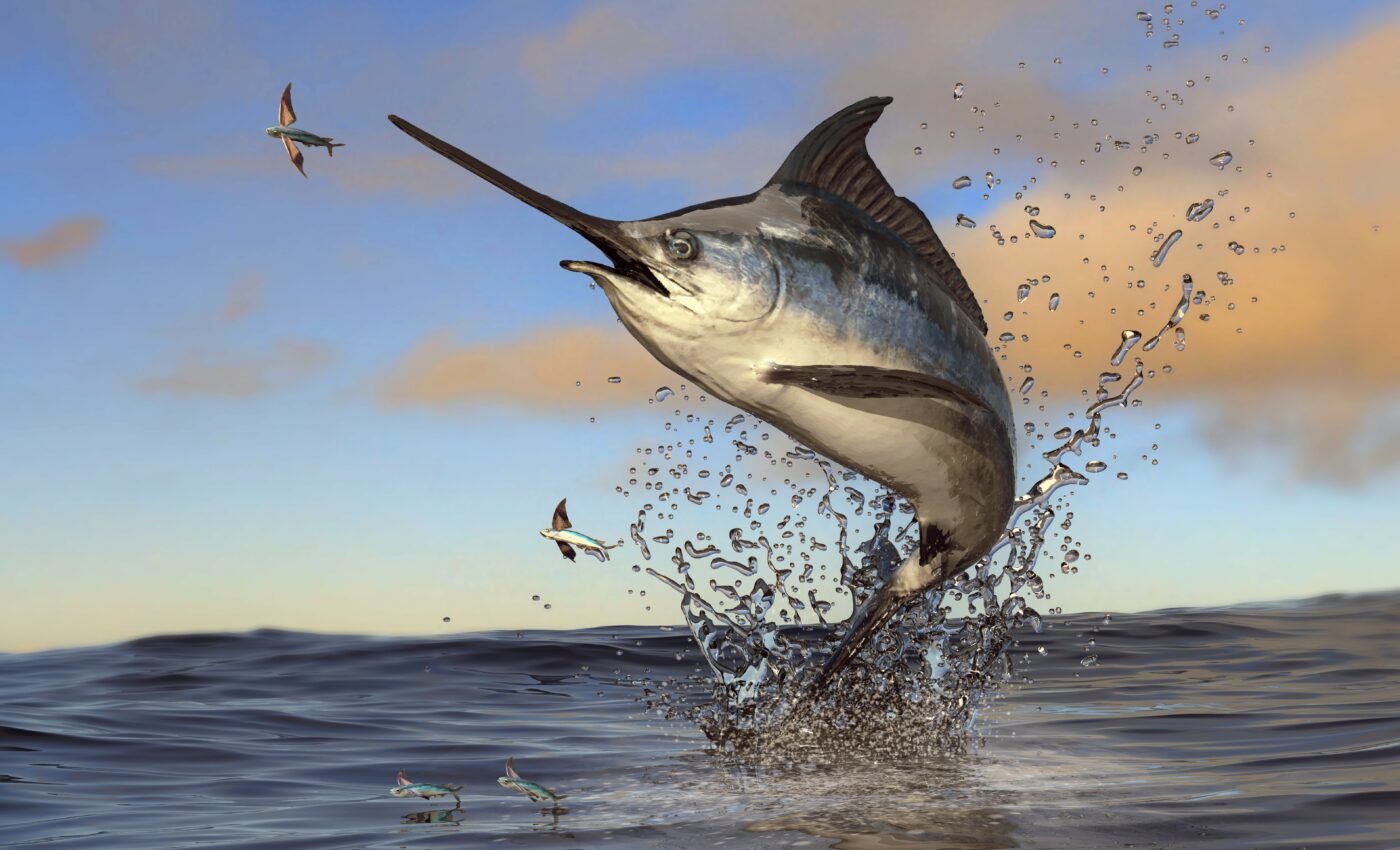
Ancient Columbian reptile looked like a swordfish
With so many species of creatures in the world, it’s easy to forget that there are still many species that are currently undiscovered, and this is especially the case in the ocean. A recent example is Kyhytysuka, a Colombian marine reptile that dates back 130 million years.
The newly described reptile represents one of the last surviving subspecies of ichthyosaurs, a type of ancient marine animal that looks strikingly similar to a swordfish. However, Kyhytysuka had unique teeth that were unlike those shared by most ichthyosaurs.
“This animal evolved a unique dentition that allowed it to eat large prey,” explained Hans Larsson, director of the Redpath Museum at McGill University. “Whereas other ichthyosaurs had small, equally sized teeth for feeding on small prey, this new species modified its tooth sizes and spacing to build an arsenal of teeth for dispatching large prey, like big fishes and other marine reptiles.”
“We decided to name it Kyhytysuka which translates to ‘the one that cuts with something sharp’ in an indigenous language from the region in central Colombia where the fossil was found, to honour the ancient Muisca culture that existed there for millennia,” said Dirley Cortes of the Smithsonian Tropical Research Institute.
In addition to presenting a new family member of the species, the discovery has also changed how the evolutionary tree of ichthyosaurs is understood.
“We compared this animal to other Jurassic and Cretaceous ichthyosaurs and were able to define a new type of ichthyosaurs. This shakes up the evolutionary tree of ichthyosaurs and lets us test new ideas of how they evolved,” explained Erin Maxwell from the State Natural History Museum of Stuttgart.
The researchers confirmed that the species originated in the transitional period of the Early Cretaceous. During this era, sea levels were rising and the Earth was warming up. In addition, the supercontinent Pangea was splitting into separate north and south continents.
The Early Cretaceous world was also recovering from the global extinction event that occurred at the end of the Jurassic era, which had drastically changed the ecosystems of marine life.
“Many classic Jurassic marine ecosystems of deep-water feeding ichthyosaurs, short-necked plesiosaurs, and marine-adapted crocodiles were succeeded by new lineages of long-necked plesiosaurs, sea turtles, large marine lizards called mosasaurs, and now this monster ichthyosaur,” explained Cortes.
“We are discovering many new species in the rocks this new ichthyosaur comes from. We are testing the idea that this region and time in Colombia was an ancient biodiversity hotspot and are using the fossils to better understand the evolution of marine ecosystems during this transitional time.”
The research is published in the Journal of Systematic Palaeontology.
—
By Calum Vaughan, Earth.com Staff Writer













